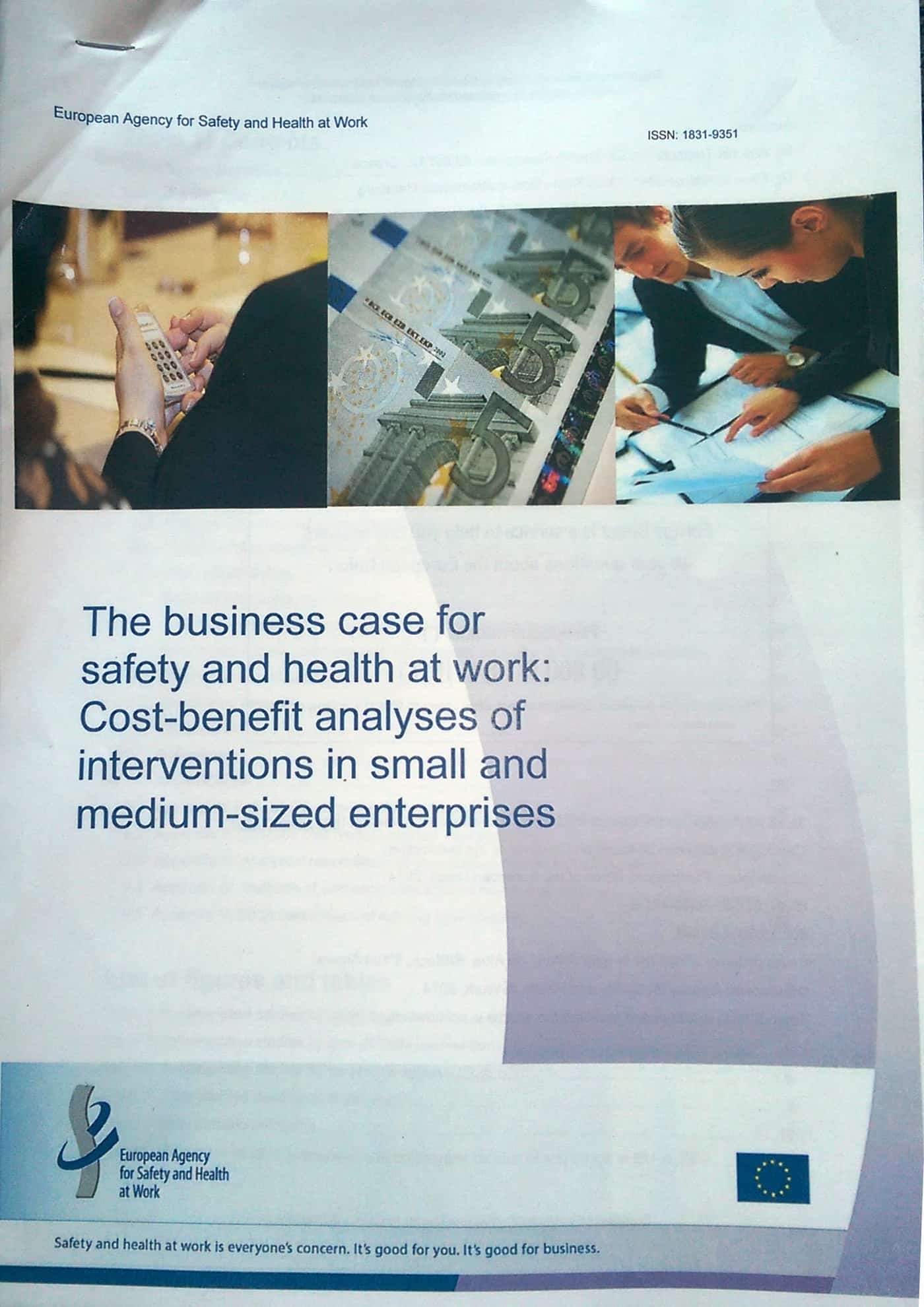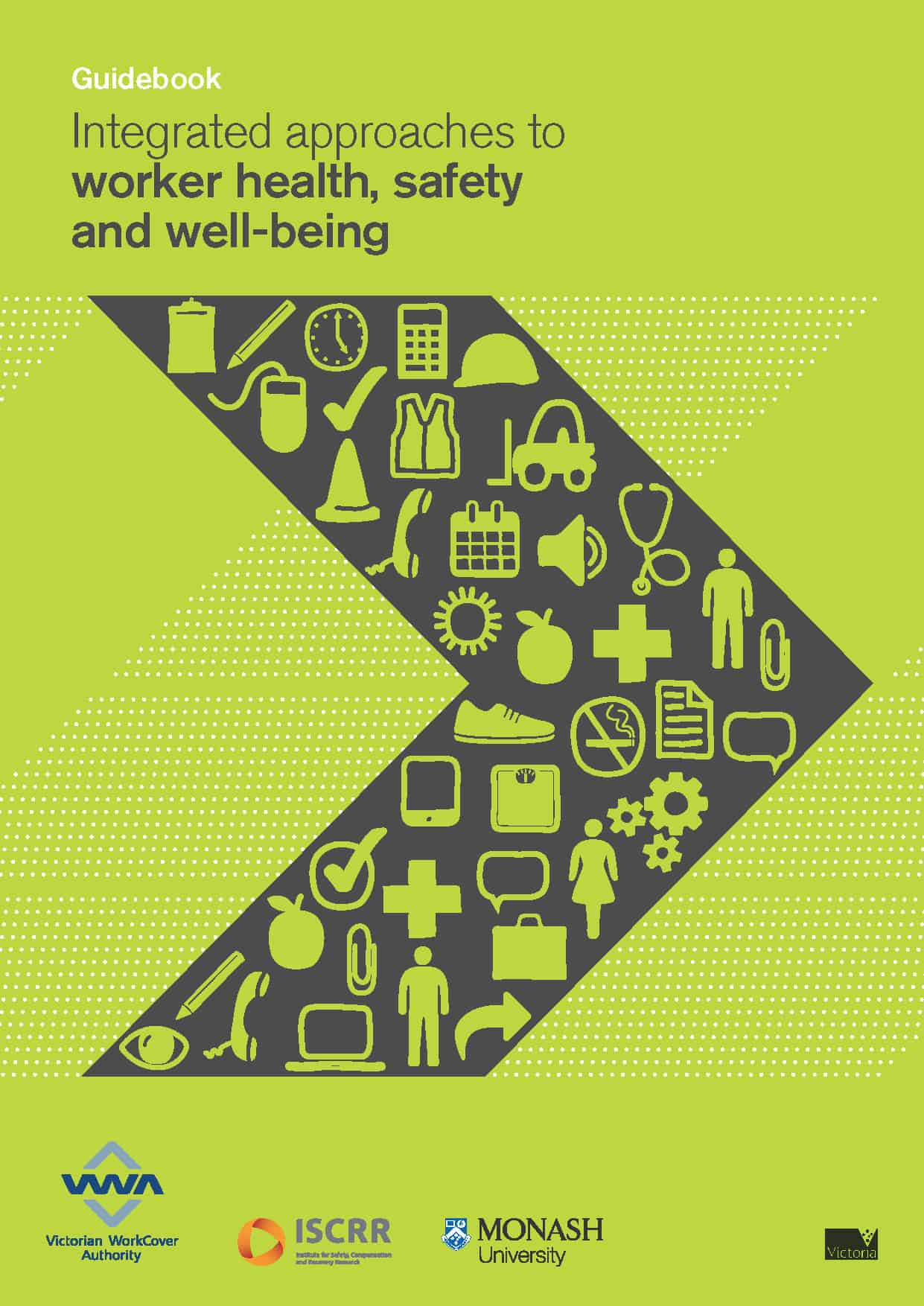On 27 October 2014 the Safety Institute of Australia, with the support of RMIT University conducted a seminar on safety in the construction industry. As with the event last year the issue of Safe Work Method Statements (SWMS) dominated the conversation. The same frustrations were expressed as last year – SWMS are too big and complex, they are demanded for tasks they are not legislatively required for, they are rarely read, they are rarely reviewed and they are written only in English. What was missing was an indication of who is (over)demanding SWMS and why.
The seminar contained one client representative experienced in major construction projects who said that he was not directly involved with SWMS as the contract demands only that work is undertaken safely with predetermined levels of risk and reward. That level of safety may or may not involve the use of SWMS – SWMS were not prescribed.
He did not review SWMS unless there was a specific reason and most of the time there was not. It could be argued that too much involvement by the client in how the project is to be completed implies a shared OHS responsibility with the client, changing the client/contractor relationship.
One construction industry representative said that they have been able to reduce the number of SWMS to around twenty types for each of the active construction projects. This has been achieved by limiting the SWMS to the 19 high risk tasks identified in safety legislation. It was significant that this perspective came from the top-level of construction companies, the Tier Ones.

 In developing harm reduction and prevention strategies, the occupational health and safety (OHS) profession likes to look at worst case scenarios on the understanding that dealing with an extreme event introduces mechanisms that deal with lesser events. Partly this is a legacy of
In developing harm reduction and prevention strategies, the occupational health and safety (OHS) profession likes to look at worst case scenarios on the understanding that dealing with an extreme event introduces mechanisms that deal with lesser events. Partly this is a legacy of 
 Later this month, the Victorian WorkCover Authority (VWA) will be releasing a document entitled “Integrated approaches to worker health, safety and well-being” (pictured right, but not yet available online). It is intended to generate discussion on how to improve workplace safety performance by breaking down the walls of various disciplines, production processes, consultative silos and institutional or organisational biases. This document builds on the overseas experience of the
Later this month, the Victorian WorkCover Authority (VWA) will be releasing a document entitled “Integrated approaches to worker health, safety and well-being” (pictured right, but not yet available online). It is intended to generate discussion on how to improve workplace safety performance by breaking down the walls of various disciplines, production processes, consultative silos and institutional or organisational biases. This document builds on the overseas experience of the